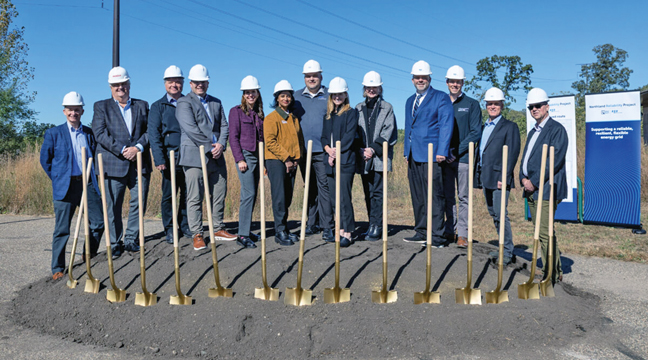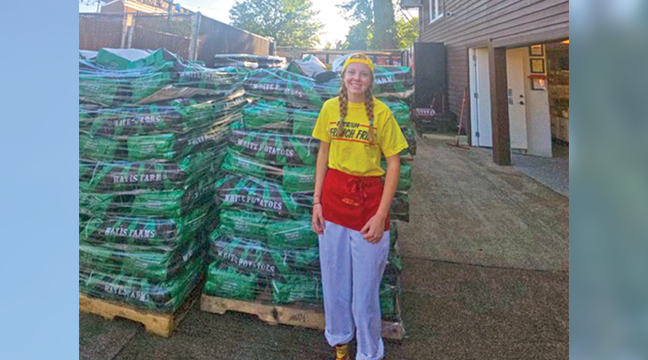Technology is always changing, and kids discovered it can also be lots of fun during a special Science, Technology, Engineering and Mathematics (STEM) program at the Sherburne County Government Center last Saturday.
About 30 kids took part in a number of interesting, educational and exciting activities aimed at inquisitive minds during the program, hosted by Sherburne County 4-H.
The LEGO robotics activity had kids learning how to program a robot to follow a maze drawn on the floor of the commissioners room. Kids learned how to calculate distances, angles and speeds while working with computers and a small robot.
In the Simple Machines activity, kids learned to use levers, inclined planes, pulleys, wedges, wheels and axles to build their own catapult. Then they tested their design by launching marshmallows.
In another room, kids used tissue paper and contact cement to put together hot air balloons.
Sherburne County 4-H Coordinator Joe Rand said the kids could build their own or work in groups.
They used a template to cut 22 different panels of tissue paper, then glued them together to make their balloons.
Then they gathered outside to watch a finished balloon being launched.
In another room, kids used water, cooking oil and food coloring to make their own lava lamp - which they got to take home at the end of the day.
One of the more exciting activities in engineering was the bridge testing demonstration.
Adult group leader Steve Vrchota showed how a model of a bridge made of small sticks of balsam wood and glue could hold many times its weight.
Groups of kids surrounded the bridge as Vrchota began adding weights to test its strength. Everyone tried to guess how much weight it would hold.
First the model started creaking, bending then shattered under the weight.
Kids were amazed that one model weighing 0.4 ounces held 20 pounds of weight before it collapsed.
And for those who wondered where all the knowledge they were gathering ended up, Sue Greimel, a University of MN Brain Sciences Center scientist, was on hand with a real human brain.
She spoke about the different parts of the brain, how it worked, how much it weighed and even let the kids hold it in their hands.
It was a day filled with unusual and interesting activities. Rand said there were lots of new faces, which he was hoping would happen.
“About half were from 4-H,” he said. “The rest were all new.”
Some families came from as far away as Milaca and Little Falls to take part in the hands-on program. And it was worth the trip.
“My kids had such a good time,” said one parent. “And they learned some new experiments we can try again at home.”










